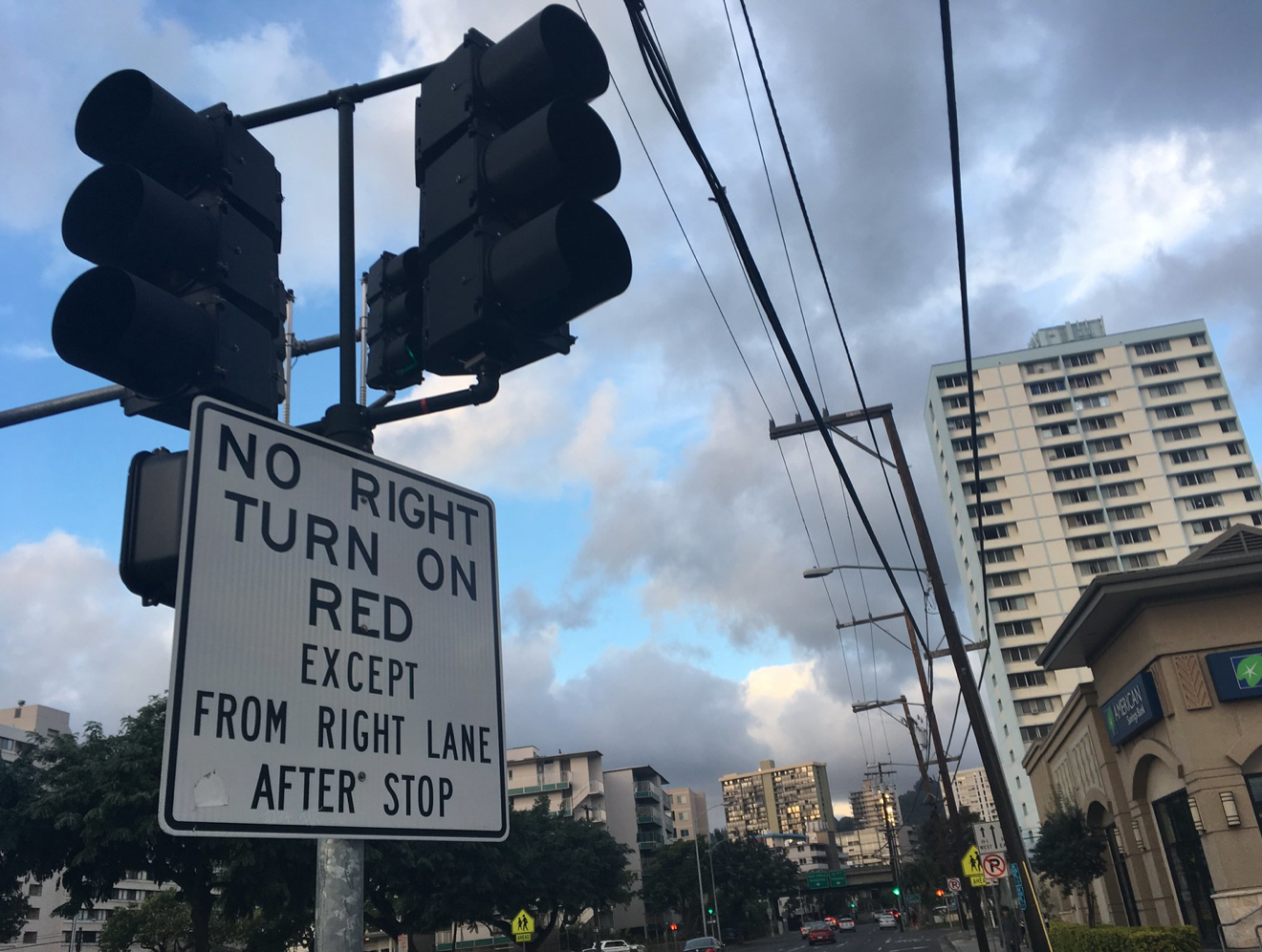State leaders in Indiana have blocked the state's largest city from banning right turns on red even though it would help increase safety for the city’s most vulnerable road users — just the latest example of a state bigfooting city officials over basic street safety.
And the move by the Indiana state legislature comes as a new study provides more evidence that drivers turning right pose a clear danger for pedestrians, cyclists, and other road users.
First, the news: In April, the Indianapolis City-County Council proposed several no-turn-on-red initiatives across the city to improve safety.
The urgency around the legislation may have been spurred by an increase in the number of pedestrian and cyclist traffic deaths both locally and across the nation. Forty pedestrians in Indianapolis — which has a population of 887,642 — were killed in 2022, shattering the record of 39 deaths set in 2020, according to the IndyStar. (By comparison, New York City, with 10 times the population of Indianapolis, had 132 pedestrian deaths, or roughly 3.3 times more.)
The rise in pedestrian deaths is part of a national trend; even as overall road deaths are dropping slightly, the number of pedestrians and cyclists who have been killed has increased by 2 and 5 percent in the first three quarters of 2022, according to the National Highway Traffic Safety Administration.
Kim Irwin, Executive Director of Health By Design, an organization advocating for equitable, safe, and accessible walking, biking and public transit options for Indianapolis residents, stated that turn-on-red restrictions have been an ongoing issue in the city.
“Restricting turn on reds, particularly in key areas that have a lot of people walking in them has long been a priority,” Irwin said, adding that the initiative was a recommendation in the city’s Pedestrian and Pedestrian Safety Action Plans, and there was an earlier unsuccessful attempt to make turn on red bans a law in 2018.
“We see this [ no-turn on red ordinance] as a really important step and one that we want the city to continue to take action on,” Irwin said, “And it is one piece of a much bigger and broader approach to improving safety for vulnerable roadway users.”
The city-county council legislation however, was barely introduced in a April 2023 meeting when state Sen. Aaron Freeman, a Republican, introduced an amendment to an Indiana House bill that “prohibits a consolidated city from installing a sign prohibiting a turn at a steady red signal.”
He said his legislation was needed because of what he called the ongoing “war on cars.”
The war is actually on vulnerable road users, said one activist.
“The [Freeman] amendment ... is simply inexcusable,” said Eric Holt of Indianapolis Pedestrian and Bicyclist Safety Crisis. “Indianapolis should have the right to make its own decisions about how to protect pedestrians and bicyclists in our city.” (For now, at least, it won't; the bill was signed into law earlier this month.)
HB 1050 is not the first time state officials have tried to block local safer street initiatives. Just last year in neary Harrisburg, Penn., efforts to fix a dangerous local street were stopped by state officials. Boise faced the same challenges when trying to add safe street initiatives only to be blocked by Potato State officials.
But the fight over right-on-reds is particularly narrow (and narrow-minded) effort by a state legislature to assert its power. And it comes at a terrible time: a recent Toronto study looking at driver behavior on right turns highlights just how dangerous they are.
The study looked at drivers' right-turn engagement by using cameras and AI technologies mounted on vehicles and on drivers themselves. The videos allowed researchers to capture the movements and glance patterns of drivers while turning right — and revealed that “attention was heavily skewed toward leftward traffic,” according to the report.
Worse, drivers in yield scenarios also focused the majority of their time looking left waiting for a break in traffic to proceed, rather than looking right at pedestrians or cyclists.







